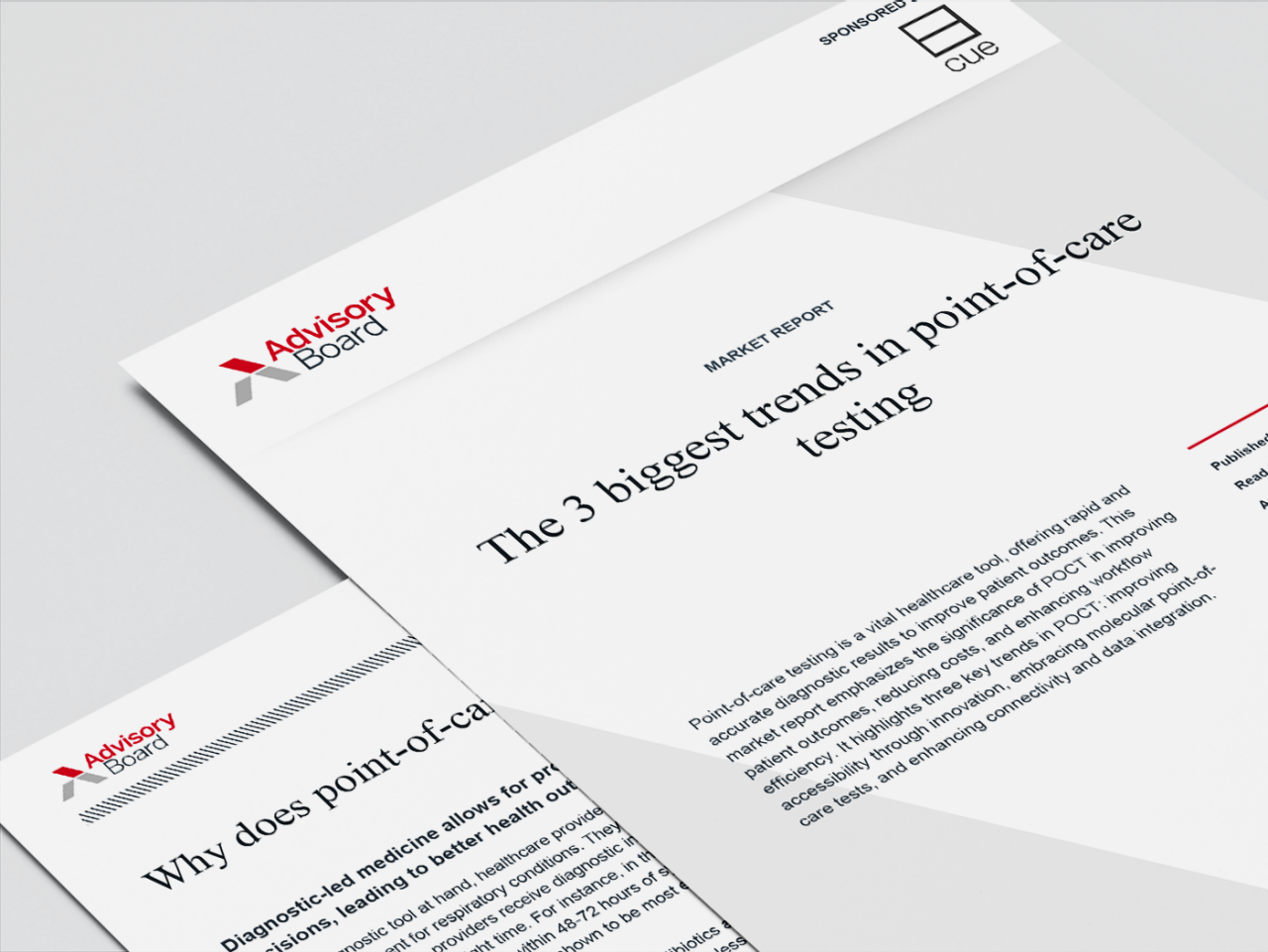A patient in Louisiana who was hospitalized with severe bird flu has died, marking the first death from bird flu in the United States. However, CDC maintains the immediate risk to the public's health from H5N1 bird flu remains low.
US records first bird flu death
The patient, who has been identified as a man according to people familiar with the investigation who spoke to the Washington Post, was older than 65 and had underlying medical conditions. He was hospitalized weeks ago in critical condition with severe respiratory illness related to bird flu.
According to state health officials, the patient had been in contact with sick and dead birds in backyard flocks on his property. They added that they've identified no additional H5N1 cases in residents or any evidence of person-to-person transmission.
"The Department expresses its deepest condolences to the patient's family and friends as they mourn the loss of their loved one," officials said in a statement. "Due to patient confidentiality and respect for the family, this will be the final update about the patient."
CDC said the Louisiana patient's death doesn't change the overall assessment that the immediate risk to the public's health from bird flu remains low. However, state officials added that "while the current public health risk for the general public remains low, people who work with birds, poultry, or cows, or have recreational exposure to them, are at higher risk."
"CDC is saddened by Louisiana's report that a person previously hospitalized with severe avian influenza A(H5N1) illness ('H5N1 bird flu') has passed away," CDC said in a statement. "While tragic, a death from H5N1 bird flu in the United States is not unexpected because of the known potential for infection with these viruses to cause severe illness and death."
Discussion
The news comes following a recent report that virus samples from the Louisiana patient carried mutations that may help it infect people more easily. Late last month, CDC said those mutations were not present in virus samples taken from the backyard flock, which suggests they developed in the patient as his illness progressed.
One of those mutations was also present in a virus sampled from a 13-year-old girl in Canada who was hospitalized with bird flu and required respiratory support but has since recovered.
H5N1 has been circulating in wild birds for years and in dairy cattle for around a year in the United States. The outbreak has so far affected more than 900 herds in 16 states and has also spread from dairy farms to poultry farms while remaining widespread in wild birds.
According to James Lawler, a director of the University of Nebraska's Global Center for Health Security, the patient's death in Louisiana "should remind us that H5N1 influenza has been and continues to be a dangerous virus."
"The more widely the virus circulates, particularly infections in humans and other mammals, the higher the risk that the virus will acquire mutations that adapt the virus for human disease and transmission," Lawler said. "This puts us all at risk."
Flu experts warned that while the death in Louisiana was the first in the United States, there will likely be others.
"I hesitate to make too many predictions about this virus, but I'm very comfortable predicting that we will see more fatal cases if the H5 virus continues to circulate in birds and dairy cattle, which seems likely," said Richard Webby, a flu virologist and head of the World Health Organization's Collaborating Center for Studies on the Ecology of Influenza in Animals.
"The intrinsic capacity of the current batch of H5 viruses to cause disease in many species is pretty much unparalleled in the flu virus world," he added. "So even if lethal infections continue to be a small percentage of human infections, we, tragically, have unlikely seen the last."
Angela Rasmussen, a virologist who studies emerging infectious diseases at the University of Saskatchewan's Vaccine and Infectious Disease Organization, said she was "kind of waiting for something like this to happen," adding that the "big take home from the Louisiana patient, is that these viruses are capable of causing severe illness. Maybe not at the same frequency that we've thought historically about H5N1, but they're definitely capable of it."
Michael Osterholm, director of the University of Minnesota's Center for Infectious Disease Research and Policy, noted that it's long been known that H5N1 will kill some portion of the people it infects, and said he's paying close attention to any indication that the virus is adapting to be able to spread more easily between people.
"We should always be mindful of all cases of influenza and what they might teach us about what's happening," he said. "We also have to be very careful not to overinterpret what one case means."
(Mandavilli/Anthes, New York Times, 1/6; Sun, Washington Post, 1/6; Goldman, Axios, 1/6; Branswell, STAT, 1/6; Stobbe, Associated Press, 1/7)
Don't miss out on the latest Advisory Board insights
Create your free account to access 1 resource, including the latest research and webinars.
Want access without creating an account?
You have 1 free members-only resource remaining this month.
1 free members-only resources remaining
1 free members-only resources remaining
You've reached your limit of free insights
Become a member to access all of Advisory Board's resources, events, and experts
Never miss out on the latest innovative health care content tailored to you.
Benefits include:
You've reached your limit of free insights
Become a member to access all of Advisory Board's resources, events, and experts
Never miss out on the latest innovative health care content tailored to you.
Benefits include:
This content is available through your Curated Research partnership with Advisory Board. Click on ‘view this resource’ to read the full piece
Email ask@advisory.com to learn more
Click on ‘Become a Member’ to learn about the benefits of a Full-Access partnership with Advisory Board
Never miss out on the latest innovative health care content tailored to you.
Benefits Include:
This is for members only. Learn more.
Click on ‘Become a Member’ to learn about the benefits of a Full-Access partnership with Advisory Board
Never miss out on the latest innovative health care content tailored to you.




